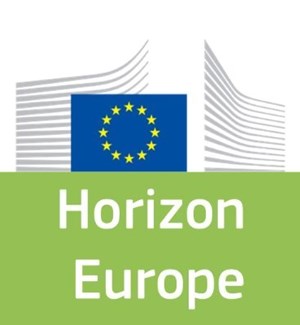- University of Amsterdam - Netherlands
Plastic Marine Debris (PMD) is now considered a planetary boundary threat and the “Plastic Cycle” a biogeochemical cycle. The impacts of single-use plastic litter in marine environments have prompted a search for greener alternatives such as the biodegradable/compostable plastics polyhydroxyalkanoates and polylactic acid already being used for consumer goods. The diversity of microbes, their enzymes, and their role in influencing the rates of plastic biodegradation in nature remains poorly characterized – particularly in cold or low-oxygen marine waters and seafloor, where most PMD accumulates. The impact of lag duration, pH, hydrostatic pressure, and potential priority effects of initial microbial colonizers remain vital but unaddressed concerns. In addition, the impact of plastic, its breakdown products, and additives on marine organisms and ecosystems is largely unquantified. Two urgent questions are how long does plastic last in the marine environment and what are the impacts on ecosystems. This technology-enabled project aims to quantify biodegradation rates of biodegradable plastics and plastic-associated additives in the field and under controlled laboratory conditions, and to develop a fish model system for toxicity tests to fill these knowledge gaps. This project will generate novel microbial metagenomes from global plastic samples collected during cruises and from biodegradation experiments to create a comprehensive list of genes and enzymes linked to biodegradation of biodegradable plastic in marine environments. It will be the first to combine in situ respirometry, stable isotope probing, and advanced imaging techniques to measure biodegradable plastic biodegradation rates while visualizing microbe-microbe interactions on the plastic surface, revealing cellular mechanisms occurring during active biodegradation. Finally, it will develop the first marine fish organoid model for consistent and efficient testing of toxicity due to plastics and additives.
Want to analyze based on this project via our analysis tool? Analyze this project
Knowledge Gaps
Biological processes and biotic interactions with plastic
Degradation
Environmental fate and behavior of plastic
Environmental effects and ecotoxicity
Chronic or long-term effects, multiple forms and/or sources

